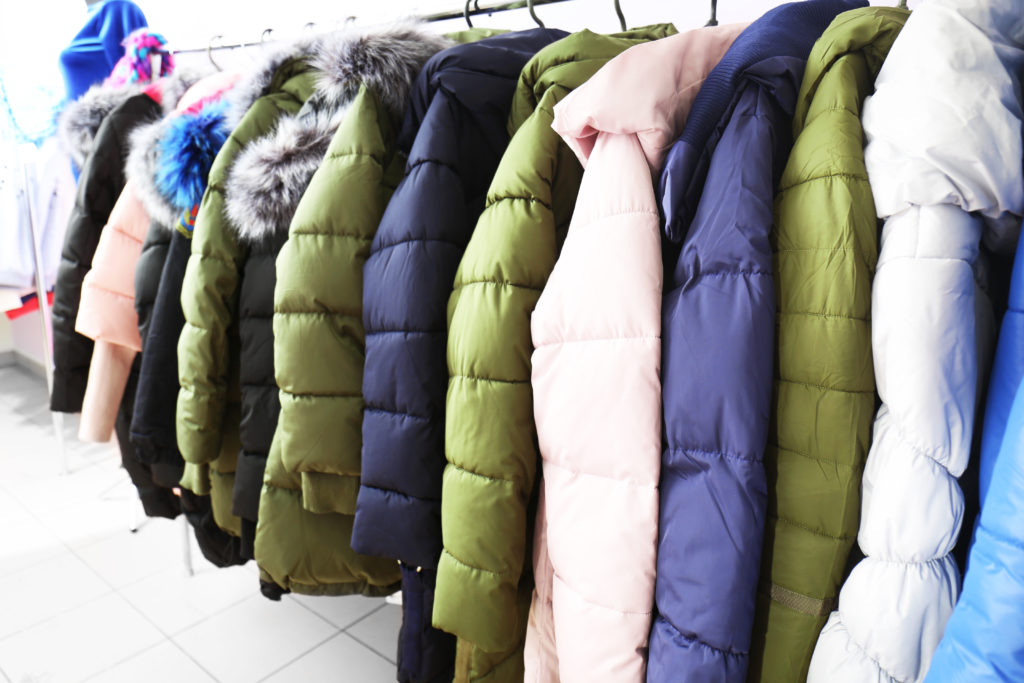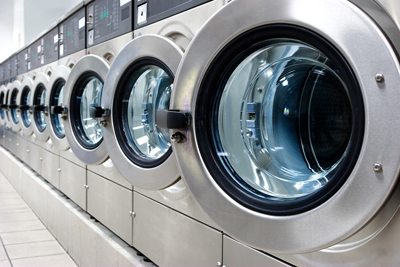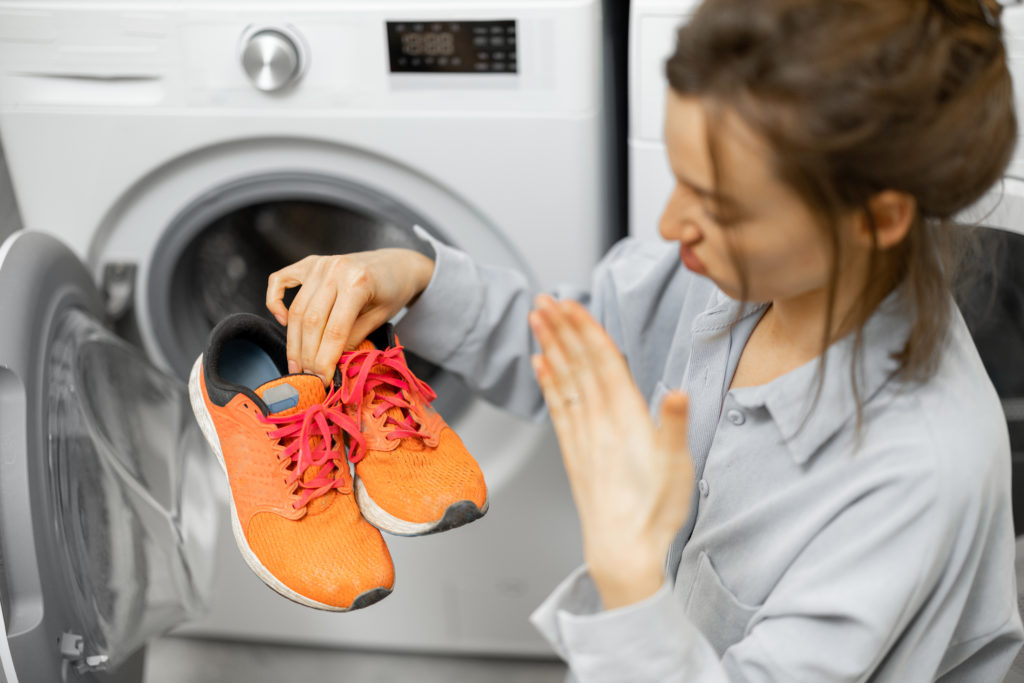- Uncategorized
- 28.12.2021
HOLIDAYS ARE HERE: REMOVING FRESH RED WINE STAINS FROM ANYTHING
It only takes a small, clumsy gesture to spill a glass of red wine. You are at a dinner party or home enjoying your wine; without knowing how you end up with your clothes, carpet, or sofa stained with red wine. Before you get devastated and panic, don’t forget that there is always a solution to any problem. In These holidays, the time of Christmas and new year with family gatherings, this situation can help more than you think.
The following tips will help you remove a red wine stain from clothing, rugs, carpet, sofa, and more.
Let’s talk first about things to avoid
DON’T SCRUB THE STAIN; BLOT IT
Scrubbing will help remove some of the red wine but can complicate the situation on hand as it will cause it to spread even more outward. And, if you apply too much pressure, you will push more red wine deeper into the fabric, specifically if you are dealing with a stain of red wine on the couch or the carpet.
DON’T WAIT TOO LONG
While it is tedious to deal with a red wine stain immediately, we do not recommend that you wait until the next day to take care of it. The red wine will soak in and settle in these fibers the longer they stay. Eventually, they will “stick” and become more difficult to remove.
Now what about some steps to take to remove wine stains while enjoying time with loved ones during these holidays time
1- USE TABLE SALT
The time you allow it to pass from the moment the stain occurs is crucial. It will always be easier to deal with a fresh wine stain than clean it once the liquid has dried. In this case, one of the first actions you can take when facing a fresh wine stain is to resort to table salt.
Even though salt will not immediately remove the stain, it is still not a useless reaction; applying the salt directly on the stain will help absorb the humidity of the wine more quickly, preventing it from spreading to the fabrics. After you’ve wiped off the stain, to remove what you can, try dabbing it with a bit of cold water, then apply a lot of salt to the affected area. Let sit for five minutes at least to absorb more wine.
In any case, if you apply salt to the stain, you should not leave it too long, as this could fix the wine stain more strongly.
2- APPLY BAKING SODA AND WHITE VINEGAR
For this red wine stain removing method,
you can apply a generous amount of baking soda directly to the stained area, or you can also try making your own liquid solution to remove stubborn stains
Here are some homemade solutions you can put together
- Mix a small quantity of water and baking soda in a small pot until you get a pasty mixture
Or
- Add 1/4 cup of baking soda and 1 tablespoon of white vinegar in a small bowl and mix to get a paste.
- Put the mixture on the wine stain and allow it to dry completely.
Once you have entirely covered the stain, allow it to air dry, then blot again. Repeat the steps until you get the best results.
The minerals added to club soda may help absorb and break up the red wine molecules, making it easier to blot up.
- Pour club soda over the stain and leave it for at least 10 minutes to twinkle and soak. The carbonation will help dissolve the red pigments.
- Then, use a clean sponge, towel, or other cloth to soak up the liquid. Soak again and repeat if necessary.
4- APPLY BOILING WATER AND BOT THE STAIN
Dry heat is very different from moist heat. Hot water is a wonderful substance, mainly when applied to other materials as a cleaning agent. It can dilute and spread the red wine a bit. The hot water will also make the molecules of the red wine lose some of the cohesion of the molecules of the red wine with the fabric, which makes it easier to clean.
5- APPLY WHITE VINEGAR AND LAUNDRY DETERGENT
In this process:
- Firstly, cover the stain with white vinegar;
- Secondly, apply liquid detergent. The vinegar will neutralize the red and purple pigments in the wine while the detergent cleans the fabric.
- Finally, Wash in hot water until the stain is gone.
6- TRY OXY CLEANER
Oxy cleaners use sodium percarbonate, which converts into hydrogen peroxide when combined with water.
- Apply it to the stain and wait 20 to 60 minutes before dabbing.
If you don’t have an oxi cleaner, you can create your own!
- Mix 3parts hydrogen peroxide and 1 part dishwashing liquid and try the same process.






